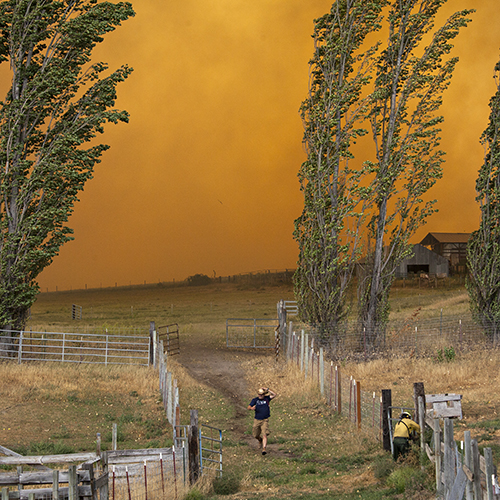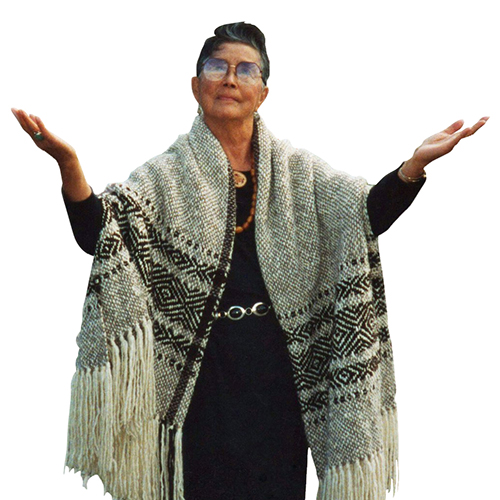-
Holiday gift round-up
Looking for gifts that go beyond the typical stocking stuffers? This holiday season, wrap a little UW magic and celebrate learning, culture and connection across the University. From museum and arboretum memberships to books and performances, this curated list highlights meaningful ways you can share the spirit of curiosity and generosity.
12/17/2025 | UW Magazine -
Opinion: Why I brought OnlyFans star Ari Kytsya to my college class
Nicole McNichols, associate teaching professor of psychology at the UW, writes, "On November 17, my students at the University of Washington heard from someone at the center of todays most complicated conversations about sexuality, labor, and the digital world. That person was Ari Kytsya, an enormously successful OnlyFans creator whose online presence is very different from what many people imagine when they hear 'OnlyFans model.'"12/08/2025 | Psychology Today -

10 Arts & Sciences Stories from 2025
As 2025 comes to a close, we're sharing some of the year's top Arts & Sciences stories.
December 2025 Perspectives -

A Healing Heart Returns
In February, the UW Symphony will perform a symphony that Coast Salish elder Vi Hilbert commissioned years ago to heal the world after the heartbreak of 9/11. The symphony was first performed by the Seattle Symphony in 2006.
December 2025 Perspectives -
A recap of Webb telescope discoveries
Emily Levesque, an associate professor of astronomy at the UW who specializes in massive stars and supernovas, joined host Leah Pezzetti on The Sky Above to discuss the biggest and best discoveries to come from the James Webb Space Telescope this past year.12/02/2025 | KING5 -

Need a break from holiday movies? Try these
For those wanting a break from holiday movies, Cinema & Media Studies faculty and grad students offer suggestions.
December 2025 Perspectives -
Northwest scientists develop a dark matter detector to study one of the biggest mysteries of the universe
The universe is full of mysteries that scientists have not yet been able to solve. And a big one has to do with what the universe is actually made of. Now physicists from the UW are taking a big swing at answering that question. Alvaro Chavarria, associate professor of physics at the UW, is quoted.12/01/2025 | OPB -
Game changer: System to track small animals from space takes flight again
A space-based wildlife tracking system that could revolutionize the study of animal migrations and behavior is set to get back online with SpaceX's recent launch. Briana Abrahms, associate professor of biology at the UW, is quoted.12/01/2025 | Science Magazine -
Elderly Asian Americans learn to protect themselves as crime, scams hit Seattles Chinatown-International District
Public safety in the Chinatown-International District (CID) takes an important step forward with a targeted educational campaign. More than 100 elderly residents and their family members gathered on Nov. 15 at the International District/Chinatown Community Center for CID Cares, a community safety program for one of Seattles most vulnerable populations. The event is supported in part by the UW American ethnic studies department.12/01/2025 | Northwest Asian Weekly -
Low-fly zone
While some dancers only appear weightless, Rachael Lincoln—with the help of climbing technology—literally defies gravity.
12/01/2025 | University of Washington Magazine
